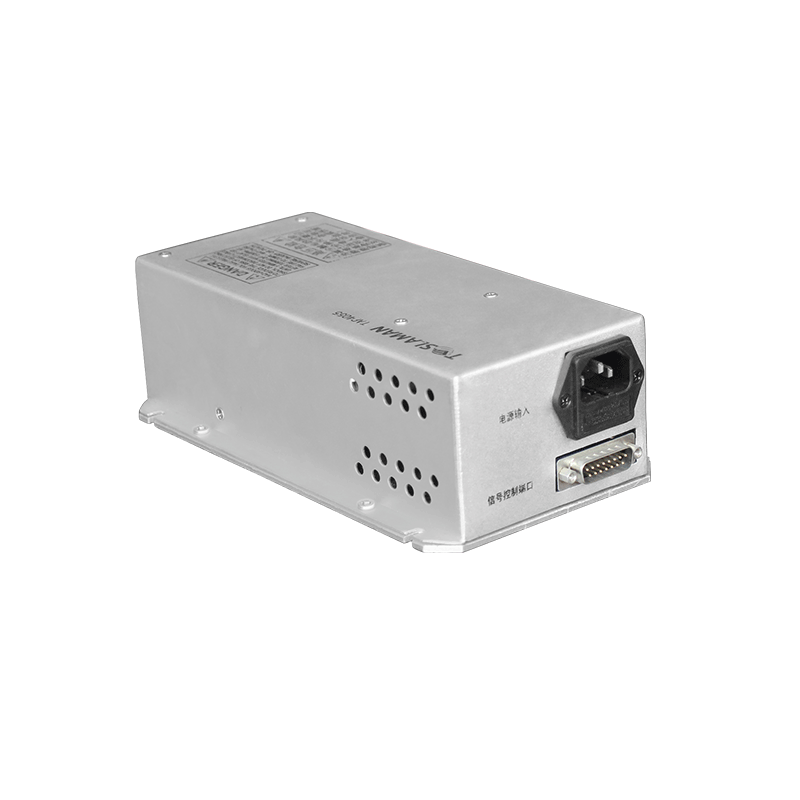The Application and Management of High Voltage AC Power Supplies in New Energy Storage Systems
With the increasing global emphasis on environmental protection and sustainable development, research and application of new energy technologies have become important topics in contemporary society. As a key link connecting energy production and consumption, new energy storage systems play an irreplaceable role in optimizing energy structure, improving energy utilization efficiency, and promoting stable operation of power grids. In this system, high voltage AC power supplies, as a core equipment, are particularly important in their application and management. This article will delve into the application and management issues of high voltage AC power supplies in new energy storage systems from a professional perspective.
I. Application of High Voltage AC Power Supplies in New Energy Storage Systems
New energy storage systems typically include three main components: energy conversion, energy storage, and energy management. High voltage AC power supplies play a crucial role in these systems, mainly reflected in the following aspects:
1. Energy Conversion: The electrical energy generated by new energy generation equipment (such as wind turbines, solar photovoltaic panels, etc.) is usually DC power, while power grids and user equipment typically use AC power. Therefore, high voltage AC power supplies are needed to convert DC power into high-voltage AC power that meets grid standards to ensure effective utilization and transmission of electrical energy.
2. Energy Storage: In new energy storage systems, high voltage AC power supplies work closely with energy storage devices (such as lithium-ion batteries, lead-acid batteries, etc.). When the generated energy exceeds demand, the high voltage AC power supply converts the excess electrical energy into chemical or mechanical energy stored in the energy storage device; when the generated energy is lower than demand, the energy storage device releases the stored energy, which is then converted into AC power by the high voltage AC power supply for use by the grid or users.
3. Energy Management: New energy storage systems require real-time monitoring and control of the flow and conversion of electrical energy to ensure the stable operation and efficient use of energy. As one of the core equipment in the system, high voltage AC power supplies must be able to respond accurately to the system's control commands, adjust the output voltage and frequency in a timely manner, and meet the electrical energy needs under different working conditions.
II. Management of High Voltage AC Power Supplies in New Energy Storage Systems
To ensure the stable operation and efficient utilization of high voltage AC power supplies in new energy storage systems, effective management is required in the following aspects:
1. Equipment Selection and Configuration: Based on the specific needs and operating environment of the new energy storage system, select the appropriate model and specifications of high voltage AC power supplies, and carry out reasonable configuration and layout. This includes determining parameters such as the rated capacity, voltage level, and frequency range of the power supply, as well as considering performance requirements such as heat dissipation, dust prevention, and lightning protection.
2. Operation Monitoring and Control: Through advanced sensor technology and communication means, monitor the operating status and parameter changes of high voltage AC power supplies in real time, such as output voltage, current, frequency, etc. At the same time, according to the system's control strategy and actual needs, remotely or locally control the high voltage AC power supply to adjust its output characteristics to meet the system's electrical energy needs.
3. Safety Protection and Maintenance: Develop comprehensive safety protection measures and maintenance plans for potential faults and abnormalities that may occur in high voltage AC power supplies. This includes setting up safety functions such as overload protection, short circuit protection, and overtemperature protection, regularly inspecting, testing, and maintaining the equipment to promptly detect and resolve potential problems, ensuring the long-term stable operation of the equipment.
4.Data Analysis and Optimization: Collect and analyze operational data of high voltage AC power supplies to evaluate equipment performance and efficiency, and identify potential areas for improvement. Combine the actual operating conditions of the system and technological development trends to optimize and upgrade high voltage AC power supplies, improving the overall performance and operating efficiency of the system.




















